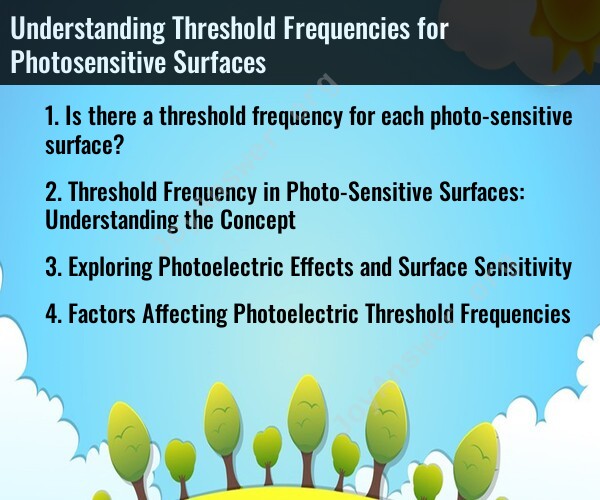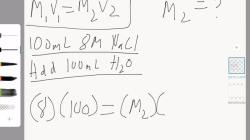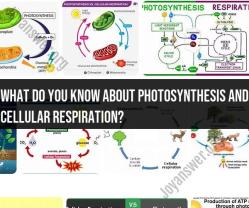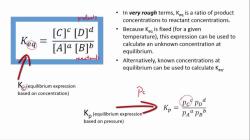Is there a threshold frequency for each photo-sensitive surface?
Threshold frequency is a term commonly associated with the photoelectric effect, a phenomenon in which electrons are emitted from a material when it is exposed to light or electromagnetic radiation. It is primarily related to the behavior of electrons in certain materials, specifically in relation to the energy of incident photons. There isn't a threshold frequency for every photosensitive surface; rather, the concept of threshold frequency is specific to the material being used.
Here's how it works:
Threshold Frequency: When light of a certain frequency, known as the threshold frequency, strikes a photosensitive material, it has enough energy to dislodge electrons from the material's surface. Electrons in the material are bound to atoms with specific energy levels. For photoemission to occur, incident photons must have an energy greater than or equal to the energy required to overcome the binding energy of these electrons.
Threshold Energy: The threshold frequency is directly related to the threshold energy, which is the minimum energy required to liberate an electron from the material. This energy is determined by the work function of the material, a material-specific property.
Material-Dependent: Different materials have different work functions, and therefore, they have different threshold frequencies. The threshold frequency is specific to the material and its electronic properties. For example, metals like potassium have low work functions and low threshold frequencies, making them highly photosensitive, while insulators or semiconductors have higher work functions and higher threshold frequencies.
Einstein's Photoelectric Equation: The relationship between the energy of photons (E) and the work function (Φ) of a material is described by Einstein's photoelectric equation:E = Φ + KEwhere E is the energy of the incident photon, Φ is the work function of the material, and KE is the kinetic energy of the emitted electron.
In summary, the concept of threshold frequency is intrinsic to the material's properties. Different photosensitive materials have different threshold frequencies, and this frequency is directly related to the material's work function. When light with a frequency equal to or greater than the material's threshold frequency strikes its surface, photoemission occurs. Understanding the threshold frequency for a particular material is important when designing devices like photodetectors, solar cells, or photocathodes in electronic devices.
Threshold Frequency in Photo-Sensitive Surfaces: Understanding the Concept
Threshold frequency is the minimum frequency of light that is required to eject an electron from a photo-sensitive surface. It is a characteristic property of each photo-sensitive surface and is determined by the energy required to remove an electron from the surface.
Exploring Photoelectric Effects and Surface Sensitivity
The photoelectric effect is a phenomenon in which electrons are ejected from a metal surface when light shines on it. The energy of the ejected electrons depends on the frequency of the light, and no electrons are ejected if the frequency of the light is below the threshold frequency.
Surface sensitivity is the ability of a photo-sensitive surface to respond to light of different frequencies. Some photo-sensitive surfaces are more sensitive to light of certain frequencies than others.
Factors Affecting Photoelectric Threshold Frequencies
A number of factors can affect the threshold frequency of a photo-sensitive surface, including:
- The work function of the surface: The work function is the energy required to remove an electron from the surface. The higher the work function, the higher the threshold frequency.
- The presence of impurities: Impurities can reduce the work function of a surface and lower the threshold frequency.
- The surface temperature: The surface temperature can also affect the threshold frequency. In general, the threshold frequency decreases as the surface temperature increases.
Applications of Photoelectric Effect and Threshold Frequency
The photoelectric effect and threshold frequency have a number of applications, including:
- Photovoltaic cells: Photovoltaic cells convert light energy into electrical energy using the photoelectric effect.
- Photodetectors: Photodetectors are devices that sense the presence of light using the photoelectric effect.
- Photoelectron spectroscopy: Photoelectron spectroscopy is a technique used to study the electronic structure of materials using the photoelectric effect.
Conclusion
Threshold frequency is an important concept in photophysics and has a number of applications. By understanding threshold frequency, scientists and engineers can develop new and improved photoelectric devices.













